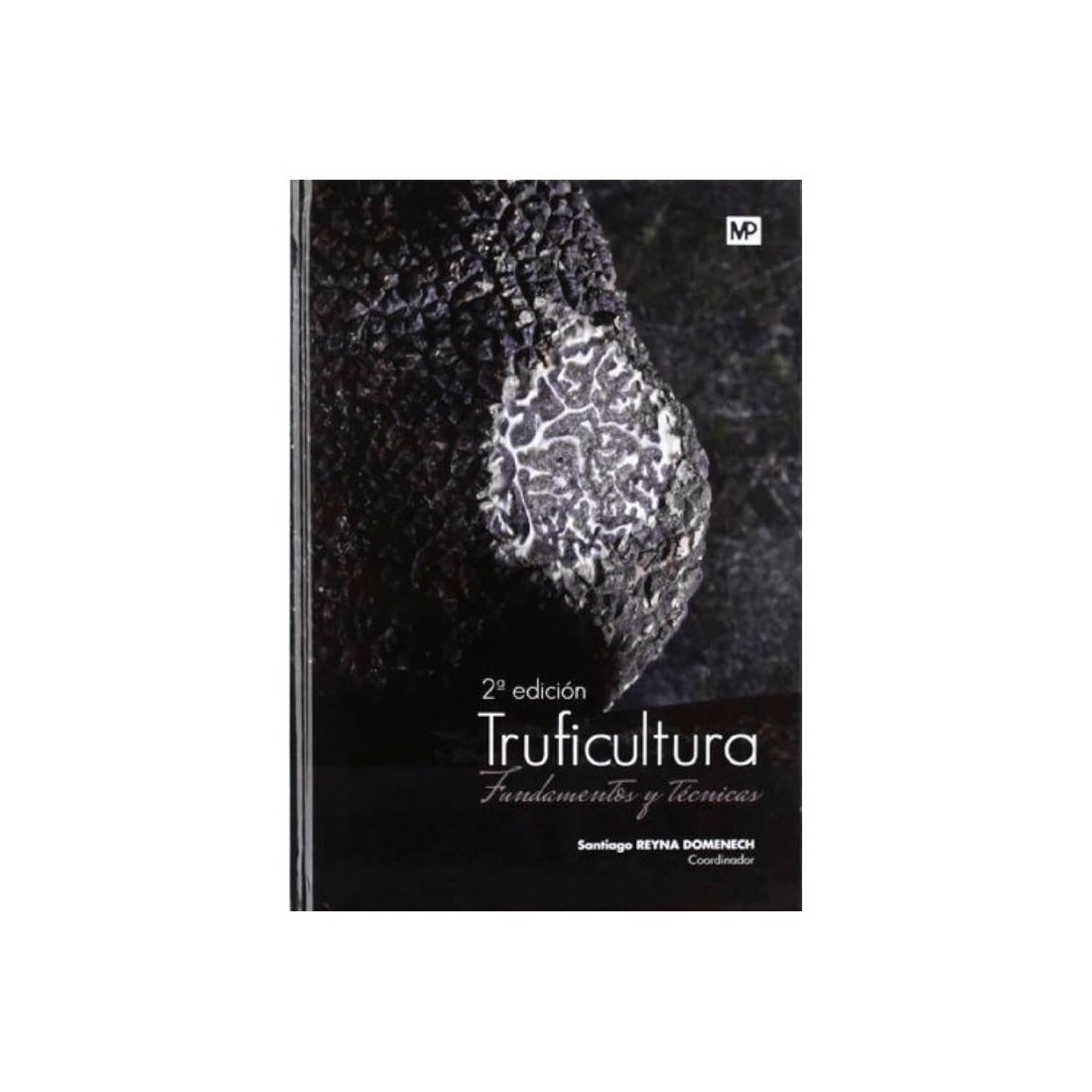Trufficulture. Fundamentals and techniques
Truffle Cultivation. Fundamentals and Techniques is the most comprehensive work in Spanish on truffle farming, written by the prestigious Santiago Reyna. Become an expert with this essential guide for truffle growers.
- Coordinated by international experts in truffle cultivation
- Includes techniques for sustainable plantations and cultivation
- Revised and expanded edition with color photographs
- Covers truffle farming in different countries and climates
Are you dreaming of mastering the art of truffle cultivation and becoming an expert in one of the world's most exclusive and profitable crops? With the book Truficultura. Fundamentals and Techniques, coordinated by Santiago Reyna, you will have in your hands the definitive guide to turning your passion into reality. This manual, awarded and backed by top specialists, provides all the necessary knowledge for successfully cultivating truffles and enjoying their economic, culinary, and ecological benefits.
This book is not just a collection of techniques; it is a gateway to a world of opportunities. You will learn how to choose the perfect land, select appropriate species, and apply best practices to ensure the growth of your truffles. Furthermore, you will discover that this crop is not only profitable but also sustainable and environmentally friendly, making it a future investment.
With Truficultura. Fundamentals and Techniques, you will gain access to real success stories told by their own protagonists, as well as the experiences of international experts. From France and Italy to Chile and New Zealand, this book offers a global view of truffle cultivation, adapted to different climates and ecological conditions. Whether you are an experienced farmer or a novice entrepreneur, this manual will guide you step by step to achieve exceptional results.
In addition, the second revised and expanded edition includes color photographs and updated content reflecting the latest advances in the sector. With clear and accessible language, yet without losing scientific rigor, this book is the perfect tool to boost your truffle project and become a reference in this exciting field.
- Complete Guide: From the fundamental sciences to practical techniques for truffle cultivation.
- Real Experiences: Learn from the success cases of Spanish and foreign plantations.
- Sustainable Focus: Discover how truffle cultivation contributes to environmental conservation.
- Updated and Expanded: With revised content and color photographs for better understanding.
- Global Perspective: Get to know the techniques and experiences of leading countries in truffle cultivation.
Do not miss the opportunity to become an expert in truffle cultivation. This book is your ally to achieve success in a booming sector, with unparalleled economic and ecological potential. Act now and take your project to the next level. With Truficultura. Fundamentals and Techniques, the future of your truffles is in your hands.
Data sheet
- Libro de cultivo de setas y trufas



